Description
This is the reproduction of a stoneware sculpture dated from the end of the 12th century.
During the first centuries of our era, Cambodia was under the influence of India, and Indians regularly flowed in every time the Ganges valley was invaded or threatened. The official religion was therefore Brahmanism.
Cambodia then fell under the domination of the peoples of Java, but at the beginning of the 9th century the Khmers re-conquered the entire country and later chose the site of Angkor as its capital.
Despite the upheavals and the wars waged against their neighbors, particularly the Chams, their architecture and civilization reached exceptional heights, especially in the first half of the 12th century, during which the huge temple of Angkor Vat was erected, thus marking the peak of classic Khmer art. But shortly afterwards, the Chams again attacked the country, even seizing the capital by surprise and burning it (1177). However, in 1181, Jayavarman VII succeeded in repelling the invaders, and after being crowned king, he started to rebuild the capital in the city of Angkor Thom, with the Bayon Temple as its principal monument.
There was a certain break with the preceding period during this reign. Brahmanism was abandoned in favor of Buddhism, leading to significant changes in the plans of religious buildings, while their decoration became more exuberant and the motifs were inspired directly from real life, as in this head with a cunning expression.
The smile that is a little tense and the wide open but slightly vacant eyes are far from being stereotyped, and they are remarkably different from the contemporary heads with their calm smiles.

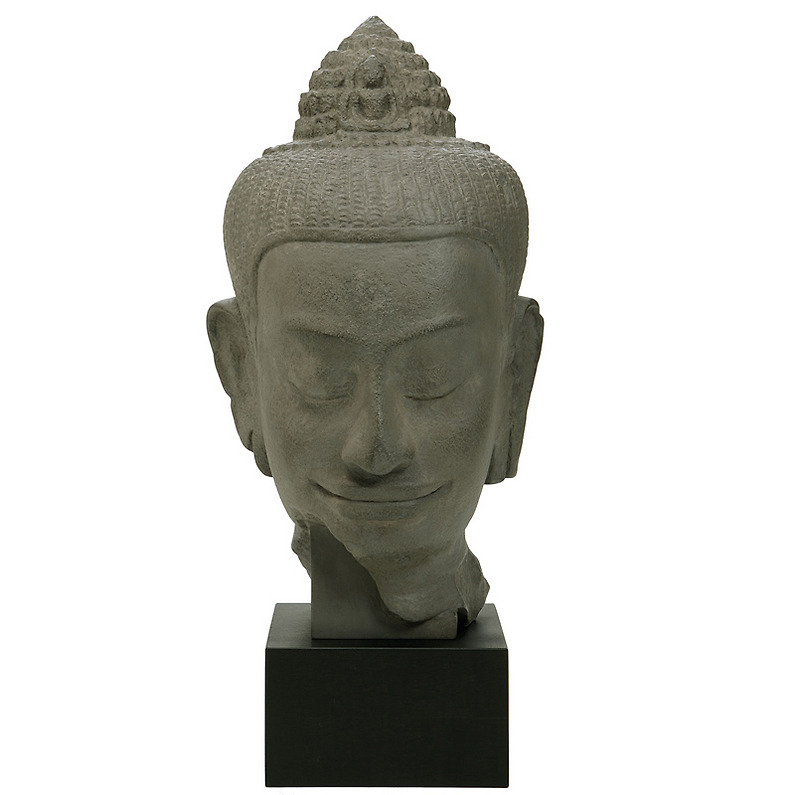
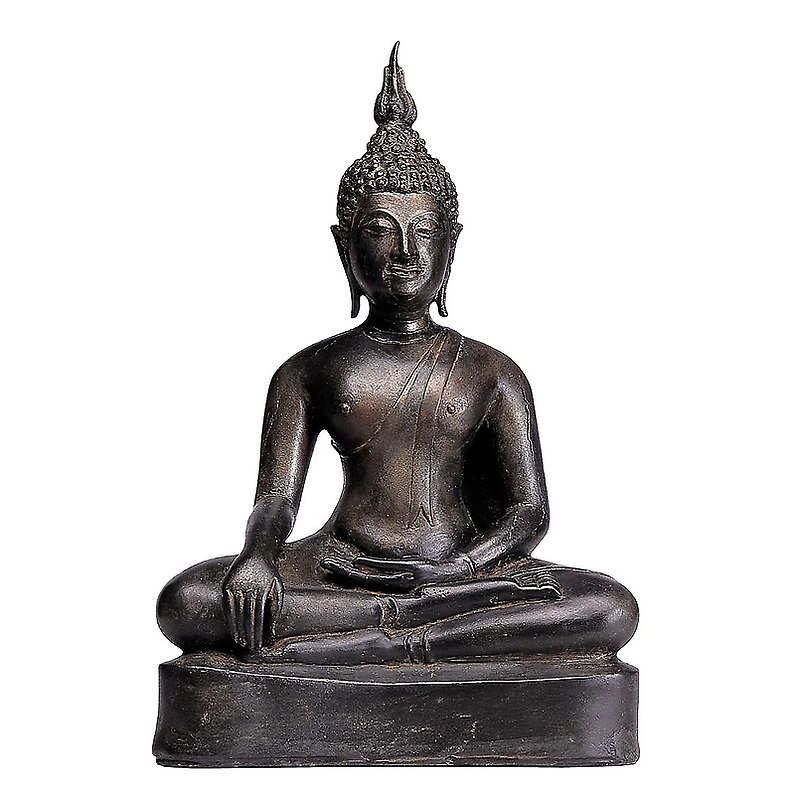
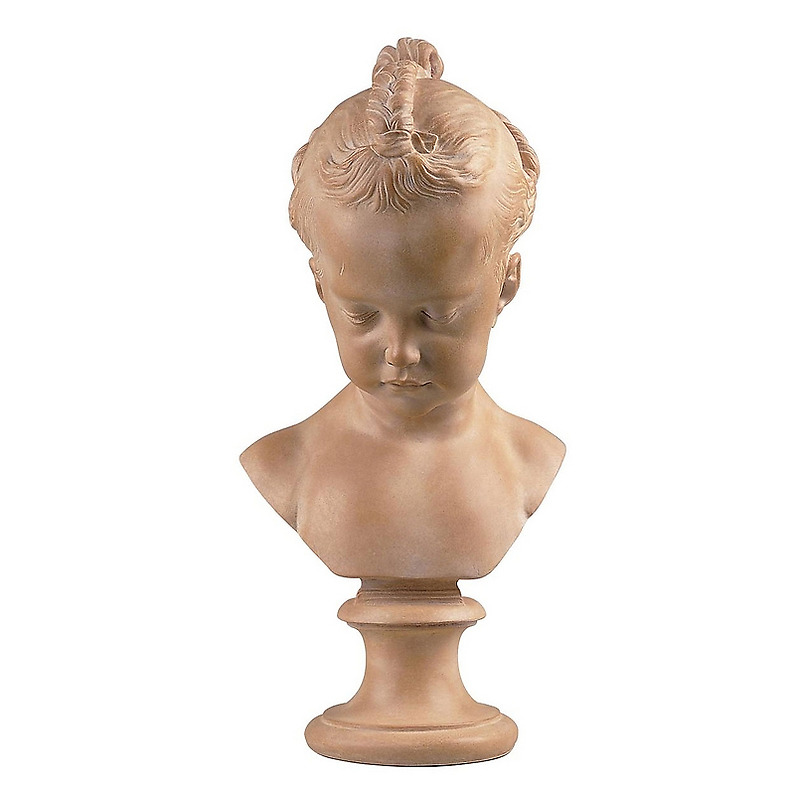
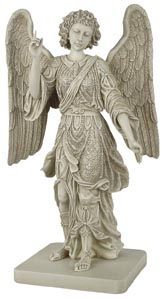

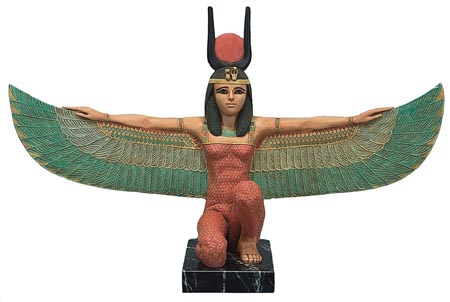
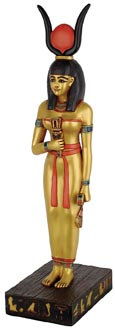
Reviews
There are no reviews yet.